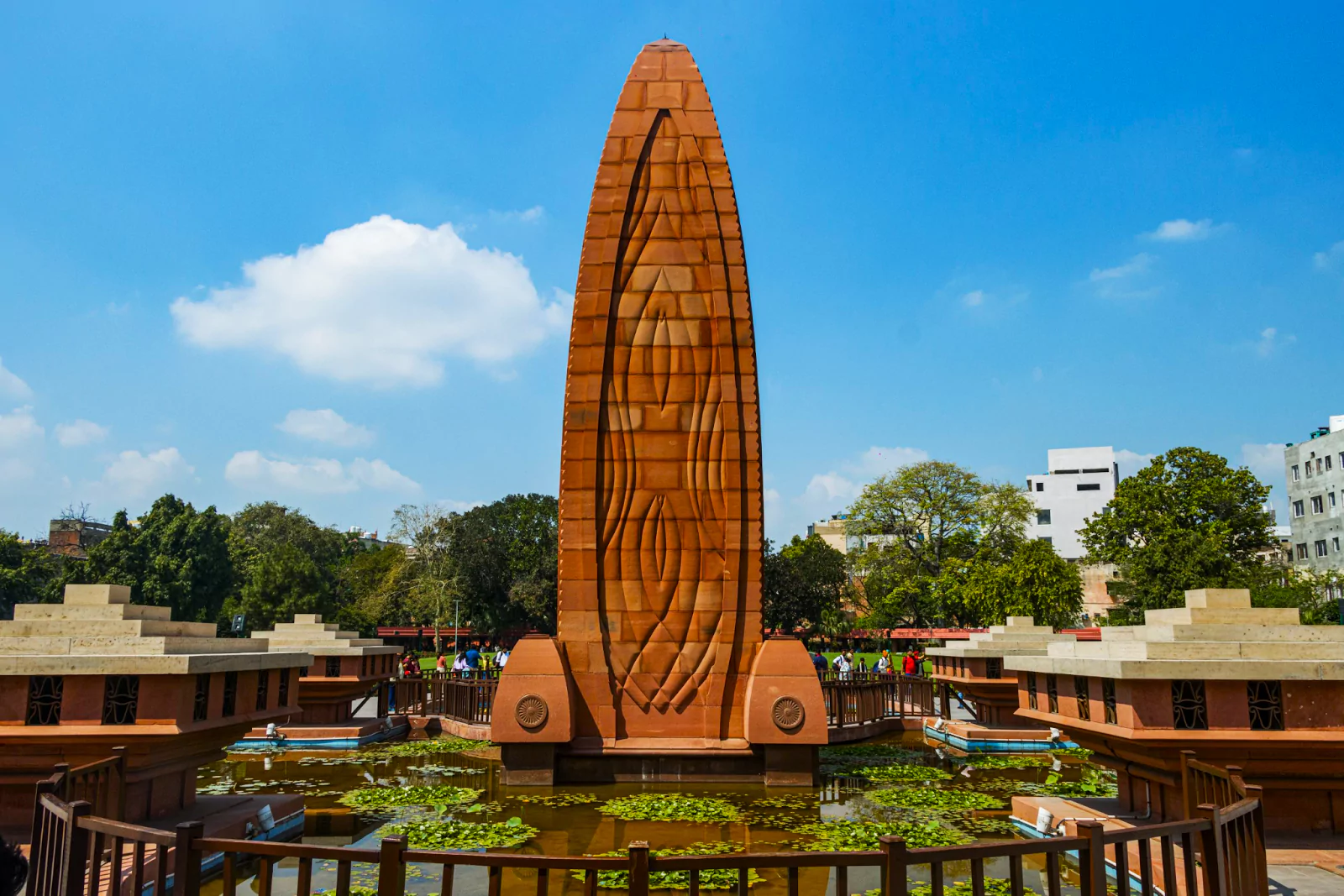Jallianwala Bagh
Published on February 13, 2025
Jallianwala Bagh is a historic site located in Amritsar, Punjab, India. It is renowned for being the scene of one of the most tragic and significant events in Indian history, known as the Jallianwala Bagh massacre. This incident played a pivotal role in the Indian independence movement and left an indelible mark on the nation's collective memory.
Historical Background: On April 13, 1919, a large crowd of unarmed Indian civilians, including men, women, and children, gathered at Jallianwala Bagh to peacefully protest against the repressive Rowlatt Act imposed by the British colonial government. The Rowlatt Act allowed the British authorities to detain individuals without trial, which sparked widespread outrage and unrest among Indians.
The Massacre: On that fateful day, Brigadier General Reginald Dyer, a British officer, ordered his troops to open fire on the assembled crowd without any warning. The firing lasted for about ten minutes, and the soldiers aimed directly at the people, leading to a horrific massacre. According to official British sources, around 379 people were killed, and over 1,200 were injured. However, Indian nationalists claimed that the death toll was much higher.
Impact and Aftermath: The Jallianwala Bagh massacre sent shockwaves throughout India and the world. It exposed the brutal nature of British colonial rule and galvanized the Indian independence movement. Prominent leaders like Mahatma Gandhi, who had initially sought to work with the British government through non-violent means, were deeply affected by the massacre. Gandhi launched the Non-Cooperation Movement in 1920, urging Indians to boycott British institutions and goods.
The massacre also led to widespread condemnation from international figures, including British intellectuals and politicians, who criticized General Dyer's actions. In 1920, General Dyer was censured by the British House of Commons, although he was not prosecuted for his actions. The event remains a symbol of colonial oppression and the struggle for Indian independence.
Memorial and Legacy: Today, Jallianwala Bagh serves as a poignant memorial to the victims of the massacre. The site features a central memorial, a Martyrs' Well where many people jumped to escape the bullets, and a wall with bullet marks preserved as a reminder of the brutality. The memorial garden also includes a museum that houses photographs, documents, and personal belongings of the victims, providing visitors with a deeper understanding of the events that transpired.
The Jallianwala Bagh National Memorial Trust was established to maintain the site and honor the memory of those who lost their lives. The annual observance of the massacre's anniversary on April 13 is marked by various commemorative events and ceremonies.
Visitor Experience: Visitors to Jallianwala Bagh can walk through the memorial garden, reflect at the Martyrs' Well, and view the preserved bullet marks on the walls. The museum offers a somber yet informative experience, shedding light on the historical context and significance of the massacre. The site serves as a powerful reminder of the sacrifices made by countless individuals in the pursuit of India's independence.
Jallianwala Bagh stands as a testament to the resilience and courage of the Indian people. It continues to inspire generations with its message of remembrance and the enduring quest for freedom and justice.
